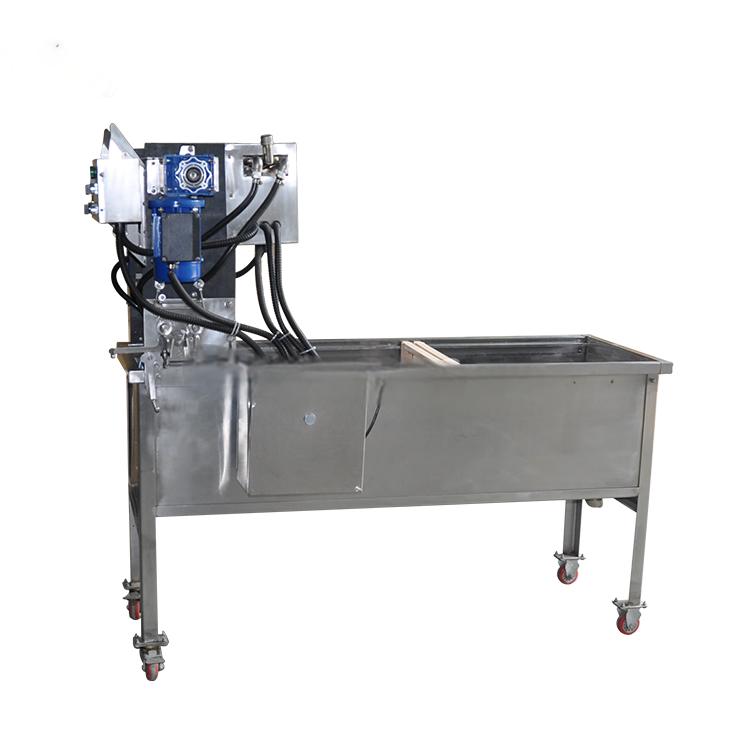Headaches are a common ailment that many people experience, but one type that often goes misunderstood is the occipital tension headache. This type of headache is characterized by a sensation of tightness or pressure at the back of the head, specifically in the occipital region. The term “occipital” refers to the occipital bone, which is located at the base of the skull, and “tension” indicates the feeling of tightness that is often associated with this headache.
Causes of Occipital Tension Headaches
The exact cause of occipital tension headaches can be elusive, as they are often a result of a combination of factors. One common cause is muscle tension in the neck and shoulders, which can be brought on by stress, poor posture, or overuse of the neck muscles. Other potential triggers include eye strain from prolonged screen time, dehydration, and lack of sleep.
Symptoms of Occipital Tension Headaches
Individuals suffering from occipital tension headaches typically report a dull, aching pain that feels like a tight band around the head. The pain is often most intense at the back of the head, near the occipital bone. Other symptoms may include tenderness to touch in the affected area, sensitivity to light, and a general sense of discomfort.
Diagnosis and Treatment

Diagnosing occipital tension headaches can be challenging because the symptoms can mimic other types of headaches. A healthcare professional will typically rule out other conditions, such as migraines or cluster headaches, before making a diagnosis. Treatment often involves a combination of strategies aimed at reducing muscle tension and alleviating pain. This may include over-the-counter pain relievers,热敷, massage, and physical therapy to stretch and strengthen the neck and shoulder muscles.
Prevention and Management
To prevent occipital tension headaches, it’s important to address the underlying causes. This may involve making lifestyle changes such as improving posture, taking regular breaks from screen time, and ensuring adequate hydration and sleep. Regular exercise can also help to reduce muscle tension and stress. Additionally, learning relaxation techniques such as deep breathing, meditation, or yoga can be beneficial in managing stress, which is a common trigger for these headaches.
In conclusion, occipital tension headaches are a prevalent but often overlooked type of headache. By understanding the causes, symptoms, and treatment options, individuals can take steps to manage and prevent these headaches. It’s crucial to consult with a healthcare professional for an accurate diagnosis and personalized treatment plan to alleviate the discomfort associated with occipital tension headaches.

